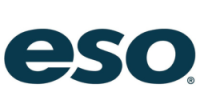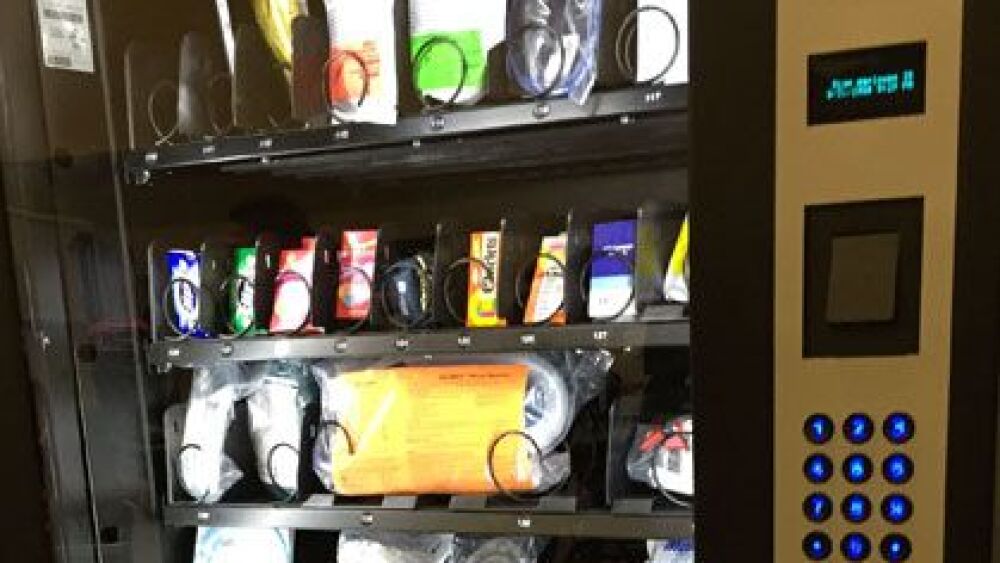“When we waste dollars through inefficient practices, we are not being good stewards to our patients, our taxpayers or to our EMS mission,” writes Jonathan D. Washko. A reliable, effective and efficient inventory management system can help an organization reduce costs, limit waste, improve employee relations and limit liability.
Learn more in the ESO-sponsored eBook, “Achieving operational efficiency”
This article, originally published on April 28, 2016, has been updated.
Today’s complex EMS environment requires administrators to constantly juggle issues like tightening budgets, drug shortages, strict governmental regulations, and a highly engaged and connected staff – all while operating in a litigious society. Using yesterday’s approach to inventory management and supply logistics is no longer an acceptable practice.
There are several significant aspects to automated inventory control and management for today’s EMS agencies, in both the public and private sectors. Having a reliable, effective, and efficient inventory management system can help an organization reduce costs, limit waste, improve employee relations and limit liability. It can also positively impact patient care by having the right supplies and drugs available when needed.
Private-sector EMS agencies have long used automated solutions to improve their fiscal bottom line by reducing costs and limiting waste. Increasingly, public-sector EMS agencies are seeing a similar need as their local funding from government or donations from stakeholders have declined or remained stagnant.
EMS agencies across the board are also facing more demanding requirements for reimbursement from medical insurance companies, Medicare and Medicaid for the supplies and drugs used when rendering patient care. The healthcare environment is rapidly changing with reduced reimbursements, new government regulations and an increased focus on compliance. This added complexity makes managing billing and coding in house much more challenging.
Inventory control and management software benefits
Current and devleoping technologies in inventory control can enable EMS agencies to improve both their efficiency and effectiveness in a vareity of ways including, but not limited to:
- Providing real time visibilty into stocking levels of biomedical devices, supplies, and medications in stock rooms, and aboard ambulances and fire apparatus
- Ensuring accountability for supplies on an ambulance or fire apparatus at the beginning/end of a tour of duty
- Tracking controlled substances
- Tracking expiration dates to decrease waste
- Avoiding “stockouts” by setting pars/minimums/maximums for supplies to automate restocking
- Decreasing shrinkage by tracking usage and highlighting discrepancies
- Reducing your organization’s liabilty associated with poor inventory management
- Simplifying and automating your organization’s reordering process
- Optimizing inventories to reduce your organization’s cash-in-inventory
Inventory control to prevent narcotics diversion
Diversion is the theft of any pharmaceutical to be sold or traded for personal gain. In its simplest form, detection of the loss of pharmaceuticals is a basic inventory control function. The three variables are replenishment of warehouse or central inventory, documented usage and replenishment of in-station or in-ambulance inventory. Inventory depletion is predicatble over time and can therefore be forecast as well.
Here is a common sense, simplistic example of monitoring inventory: You order what you use. When ordering medications at the rate you use them and by using percentages of increase, the variances become highly recognizable. Use percentages, becase in drug inventories, units may not raise a flag.
For example, an increase of 10 unites of morphine in this month’s requested inventory for Station 6 may not seem out of line, but if those 10 additional units of morphine represent a 15% increase over what’s previously been ordered each month, that might be cause for a closer look.
Electronic supply tracking
An electronic system streamlines inventory management by enabling an agency to track the life cycle of any item: from the initial receipt of an item at the warehouse; to the distribution of the item into the supply chain (e.g., sending it to an EMS station); to use of the item for patient care. Key inventory management and control functions that lend themselves to electronic tracking include:
1. Managing inventory of standard medical consumables. Keep it simple by electronic tracking standard inventory items by location, number and quantity. Track a variety of standard stock inventory like bandages, gauze and more.
2. Tracking medication inventory. Categorize medication using batch-lot numbers to efficiently and effectively keep track of expiration dates. Having an accurate picture for medication ins and outs, as well as on-hand quantity and reorder levels, can ensure that each EMS vehicle has the right medication inventory on board when an emergency strikes.
3. Serialized inventory tracking. Track chemicals and oxygen tanks individually using serial numbers to meet government mandated requirements, and to better prepare yourself when serialized inventory items are needed.
Electronic medication dispensing systems
Keeping medication under lock and key is not the most effective strategy for managing and controlling how those medications are used. Electronic medication dispensing systems provide benefits for both EMS providers and managers. Providers benefit from:
- Secure, automated access to narcotics and supplies
- Better adherance to controlled substance policies
- Intuitive software that accurately and completely documents usage
- Integration of usage into the patient care/billing report
The management/ownership benefits of an electronic medication dispensing system include improved:
- Compliance with state and DEA regulations for medication storage and dispensing
- Inventory control and dispensing of narcotics
- Control of EMS provider access rights
- Inventory tracking and documentation of drugs used in patient care
- Billing accuracy for medications used in patient care
One of the top components of inventory control and management is biometric security, which uses an individual’s biometric fingerprint to verify all transactions. This prevents someone from making false transactions or supervisors or managers having to make sense of illegible paper signatures. For added speed and security, the biometric reader can also be used to log in to inventory control software.
Information management
In addition to inventory control and management, today’s electronic information management systems for EMS operations can include a host of other data collection and reporting features that improve an EMS agencies efficiency and effectiveness. One example is performing vehicle inspections with an electronic check sheet. If the inspection check sheet is integrated with inventory management and fleet maintenance software, it can greatly enhance an agency’s operational intelligence. By replacing time-consuming paper check sheets, crew members can be more accountable for supplies and equipment. All information captured during the inspection prcesses can be used to manage and report on an agency’s operations performance and needs.
Fleet managers can receive information including vehicle mileage, operating hours and any repair orders in real time. This makes planning scheduled maintenance and handling off-schedule repairs much easier.
Another example is the use of a web-based inventory check sheet to conduct inventory of on-hand supplies. Expiration dates on medical supplies are also captured to ensure that inventory is safe and ready for administration. On-hand inventory is balanced against par stocking levels to automatically generate supply requests. Optimally, those supply requests are sent electronically to the supply room and processed based on an agency’s operational procedures.
Assett verification
The equipment used by EMS providers to provide patient care, particularly biomedical equipment, such as defibrillators and medication pumps, represent a significant financial investment by the agency. Keeping track of that equipment as it moves through the operation is a critical risk management activity.
Electronic asset tracking enables end users to verify that equipment checked out to a station or vehicle is indeed at the location or report the missing equipment. If equipment is subsequently located, they can add it to their inspection and automatically transfer ownership to the new location or vehicle, allowing missing assets and assets in motion to be recovered. If an asset requires maintenance, the user can also record the maintenance while in the field using the check sheet.
Logging supplies by call
Using electronic reporting also enables the EMS provider to capture the supplies used on a per-call basis. Crew member can enter the ePCR number and enter the supplies used on the call. Once completed, the vehicle’s inventory is updated and a supply request is created. These electronic call records can later be used to report on supply usage and matched up with an agency’s ePCR records for quality assurance reviews.
How to buy inventory management software
Before purchasing any software vendor’s product, it is useful for an agency’s leadership to conduct a self-assessment to answer some key questions.
- Why do we need to collect and analyze data?
- What data should, or must, be collected?
- Who will be responsible for entering the data?
- How will the responsible parties enter the data?













